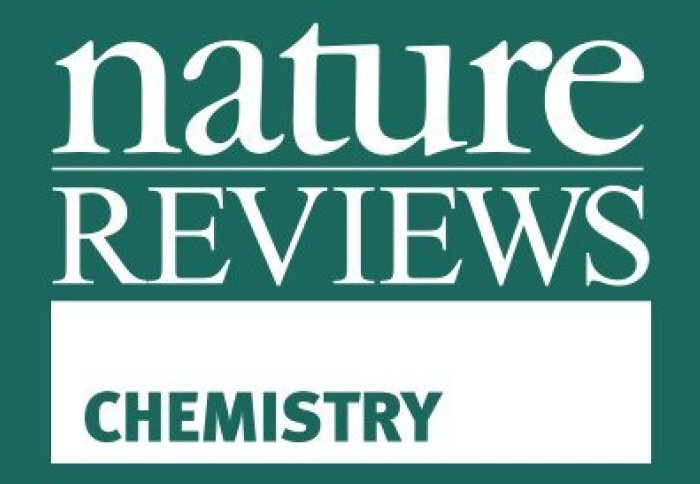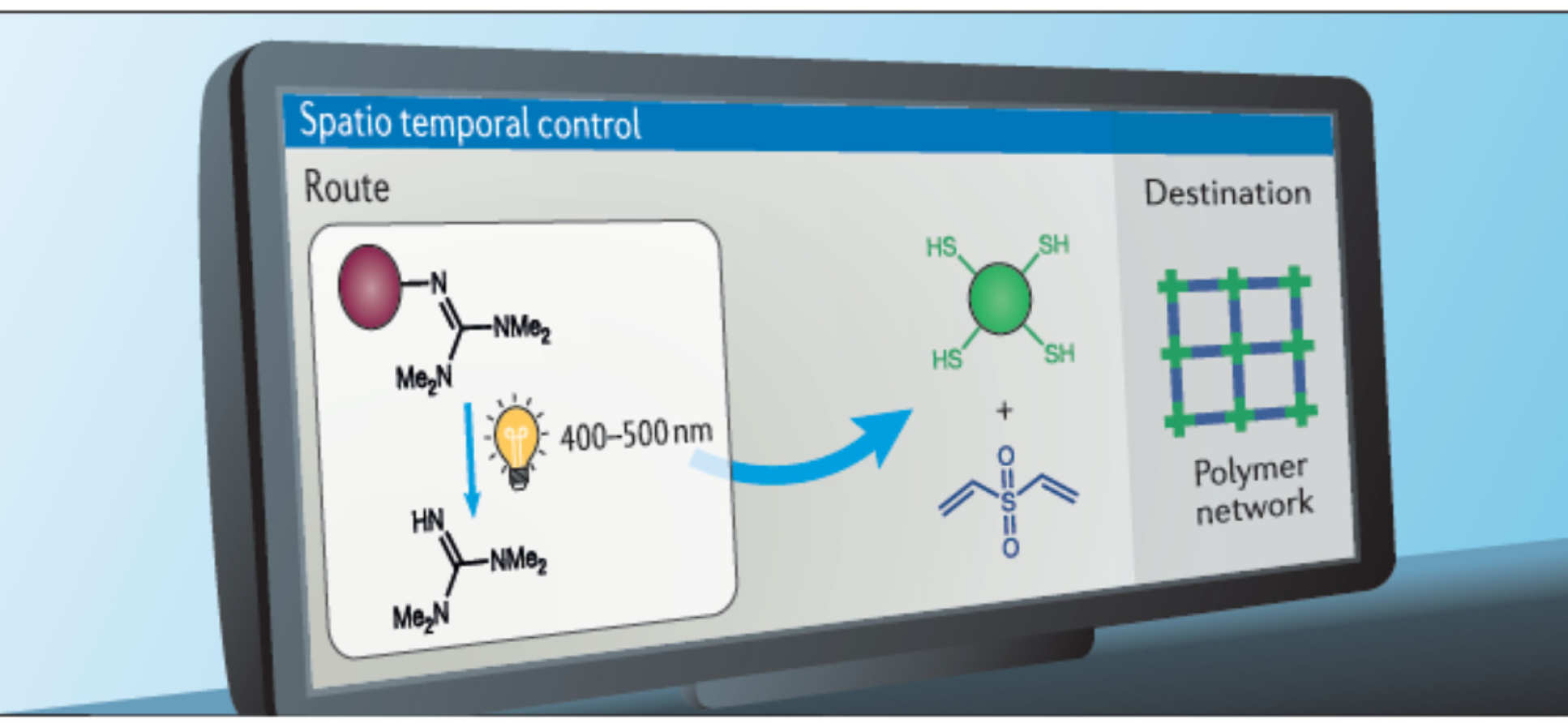Oct 2019 - Article Published in Nat. Chem. Rev.

Nature Chemistry Reviews Cover
A review of strategies for the spatiotemporal control of chemical reactions written in collaboration with Stellios Arseniyadis & his students.
Sidonie Aubert, Marine Bezagu, Alan C. Spivey and Stellios Arseniyadis, 'Spatial and temporal control of chemical processes' Nat. Chem. Rev. 2019, 3, 706-722. DOI: 10.1038/s41570-019-0139-6

Controlling the where and when of a chemical reaction, rather than just the if, can be an essential component in the successful development of applications. There are a large number of situations in which a pre-determined sequence of chemical reaction events might be highly
beneficial. In this Review we examine the development of such spatiotemporal control of chemical reactions. We classify the means of control into either passive or active approaches. The passive approach relies on characteristics inherent to the chosen chemical system in order
to predict where and when a reaction will occur. The active strategy, on the other hand, relies on the input of an external stimulus to remotely control the onset of a chemical reaction. Among active methods, we distinguish two different strategies — either remote activation of a reaction or controlled release of chemicals. This versatile toolbox allows spatiotemporal control to be achieved in myriad situations and thus to address some key challenges in chemistry, such as drug delivery
Article text (excluding photos or graphics) © Imperial College London.
Photos and graphics subject to third party copyright used with permission or © Imperial College London.
Reporter
Professor Alan C Spivey
Department of Chemistry